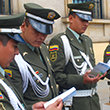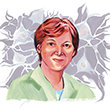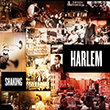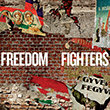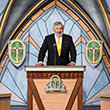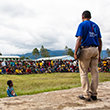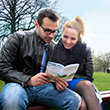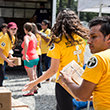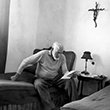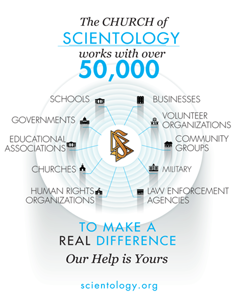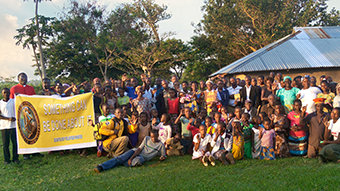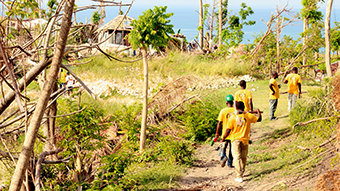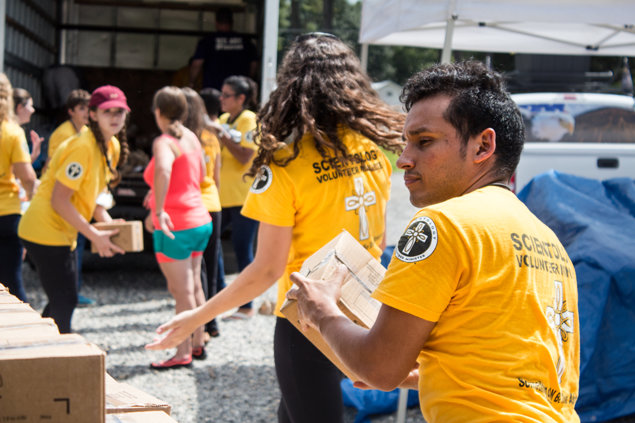
Three weeks after the mid-August 2016 floods swamped vast swaths of Louisiana, the media had departed, off to titillate readers and viewers with other tales of tragedy, social decay and election year shenanigans. Spectators and junketing officials also had largely said “adios,” happy their homes and communities had not been submerged.
But after the rubberneckers and camera crews had thinned, some people stayed behind: Stalwart volunteers came to help the residents of Baton Rouge and the scores of smaller towns—Maurepas, French Settlement, Denham Springs, Watson, Livingston and many more. Places where some 60,000 homes were damaged and destroyed, where 20,000 people had to be rescued from the pounding torrents of water, where a third of the state’s schools were closed. And, where 13 people died.
The volunteers came in all stripes—some well known, such as the Red Cross. But many were just concerned citizens. And scattered among them were about two dozen sporting bright yellow T-shirts emblazoned with “Scientology Volunteer Minister.”
The group, founded in the 1970s, has about 200,000 trained volunteers across the globe. Their work has been acclaimed by officials, nonprofit leaders and just plain folks after disasters such as the 9/11 terrorism attack in New York, the Haiti and Nepal earthquakes, tsunamis in the Pacific—and more recently, the summer deluge in Louisiana.
The first contingent of Volunteer Ministers, commonly called “VMs,” arrived in Baton Rouge within 24 hours after the flooding began. More arrived a few days later, many from Scientology’s spiritual headquarters in Clearwater, Florida. VMs pitched in immediately, cleaning and gutting damaged buildings, moving furniture, handing out food, water and clothing.
The VMs also provided spiritual assists, which are simple exercises to help a person overcome physical, mental and emotional trauma. At one shelter, the VMs gave support to 35 National Guard troops. The soldiers, exhausted from little sleep, recounted that they had received so much benefit from the assists they didn’t want the VMs to leave the area.
In French Settlement, the VMs walked up and down streets handing out boxes of food. The VMs showed up at a supermarket to unload truckloads of food and supplies.
In Livingston, a restaurant owner for 10 days had been living on the roof of her eatery, which was surrounded by floodwaters. As the water subsided, the VMs moved in to rip out buckled flooring and replace it with new sheeting.
The Volunteer Ministers’ work was noted, including in an August 16 account of the flooding aftermath by The Washington Post. More important, the VMs had given help to 2,435 people by August 16, a number that increased daily after that to more than 9,400. One woman described the VMs “like angels coming out of the sky. Your yellow shirts are just like a ray of light.”


